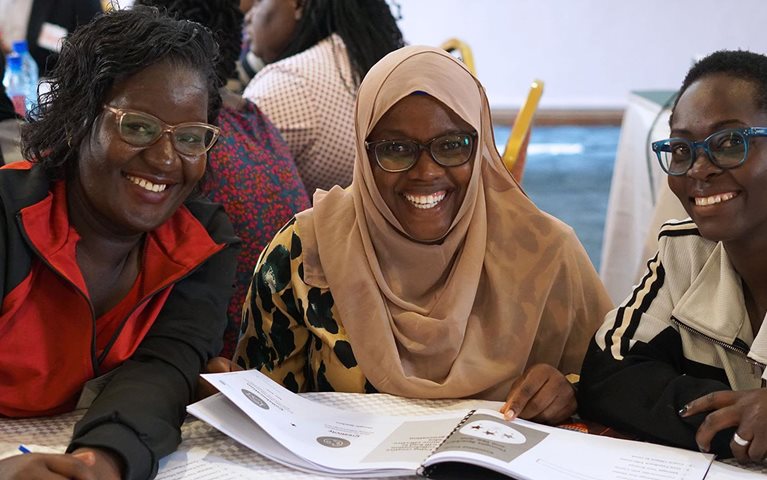If you want to know what Grady Hospital and its health foundation mean to the city of Atlanta, just look to their location.
The main campus sits in the heart of downtown, just blocks from the Georgia State Capitol and several Georgia State University buildings. The Downtown Connector—the stretch of highway where Interstates 75 and 85 run concurrent through the city—even has a portion known as the “Grady Curve,” a nod to the institution’s location. In many ways, Grady represents the heart of the city.
“The hospital and its foundation serve the Atlanta community in the broadest sense of that word,” says David Bueno, a partner based in Atlanta.
Compared to other hospitals in the city, Grady serves a high percentage of uninsured patients, or those who switch between being uninsured, having Medicaid coverage, and getting employer-sponsored insurance. “Most locals know Grady hospital is the only Level 1 trauma center here, but Grady has had a holistic impact on Atlanta, from providing care for public servants and employing thousands of residents, to giving years of health back to families in the community,” he says.

It’s this story about the hospital’s impact that the Grady Health Foundation—a not for profit that fundraises for the hospital system—sought to tell when it approached McKinsey’s Atlanta office last year. A small group of colleagues worked on the effort as part of the Atlanta Community Consulting initiative, which pairs interested colleagues with short-term volunteer projects. In addition to developing its narrative, the McKinsey team worked with Grady to communicate its impact to the individuals and groups best able to help fund the hospital.
“There’s a common misconception that Grady is completely supported by public funding, or a combination of public funding and insurance, when in fact, the hospital system needs philanthropic support from individuals and institutions alike to close the gap between the cost of care and what those funding sources provide,” says Joselyn Butler Baker, president of the Grady Health Foundation.
Another challenge? The reality that the hospital relies on support from individuals who may never need to use Grady.
“Most people know us as a trauma center, or safety net hospital, or a medical home for the uninsured, so we are grateful for McKinsey’s help in telling our broader story to people who may not be familiar with how keeping our patients healthy also improves community health at large,” Baker says.
As part of our work together, our analysis found that Grady strengthens the Atlanta metro community and improves lives by returning a collective 6,000 years of healthy life to patients each year. That leads to an additional 650,000 hours spent exercising, 1.3 million hours spent with families, and nearly $350 million in additional GDP as a result of people who can return to work after being treated there. “Grady isn’t just saving lives, but improving livelihoods,” says Camille Gregory, an engagement manager. “I’m not sure any of us on the team were aware of just how broad Grady’s impact is in the community—even though we all know it’s this iconic institution in Atlanta.”
There’s a common misconception that Grady is completely supported by public funding, or a combination of public funding and insurance, when in fact, the hospital system really relies on the philanthropic support of individuals and institutions alike.
Paul Sperduto, an associate partner and Atlanta native, says it was inspiring getting to serve an institution that he has grown up knowing—and that has provided both emergency and longer-term care to his family members. “I grew up knowing that Grady provides critical care to anyone who needs it, but I was surprised to learn just how many doctors at other local hospitals did their residencies there,” he says. “It’s a great example of how Grady touches different parts of the community.”
As a result of our partnership, Grady is sharing its impact story in communications with everyone from local community organizations and donors to state and local leaders. Baker says the analysis will also help the foundation more effectively demonstrate how much the hospital’s influence radiates beyond patients to the community at large. “We are seeking philanthropic support to help us ensure access to care to everyone who calls Atlanta home,” she says. “This has been our mission for 130 years and that’ll never change.”
